Monitor and map invasive species populations using GPS tracking and detailed field notes to establish precise control boundaries and track spread patterns. Remove invasive plants during their most vulnerable growth stages – typically before seed production – using targeted mechanical methods like hand-pulling, cutting, or careful digging to minimize soil disruption. Deploy biological control agents, such as specially selected insects or pathogens, that specifically target invasive species while leaving native plants unharmed. Create buffer zones around protected areas by maintaining healthy native plant communities and implementing early detection protocols through regular site inspections and community reporting systems.
This focused approach combines scientific precision with practical field techniques, ensuring effective long-term control while protecting our natural ecosystems. Regular monitoring and adaptive management strategies remain essential for successful invasive species control, particularly in sensitive ecological areas where traditional chemical controls may not be appropriate.
How to Spot Common Invasive Species in Ontario Parks
Plant Invaders to Watch For
Keep your eyes peeled for these common plant invaders in Ontario’s parks! Purple loosestrife is easy to spot with its tall purple flower spikes that bloom from July to September. Garlic mustard reveals itself through heart-shaped leaves and small white flowers in spring, plus a distinct garlic smell when crushed. The aggressive dog-strangling vine produces pink to purple star-shaped flowers and long seed pods that look similar to milkweed.
Japanese knotweed stands out with its bamboo-like hollow stems and heart-shaped leaves, while common buckthorn features dark green oval leaves with tiny thorns at branch tips. Phragmites, or common reed, towers above other plants with its distinctive feathery seed heads and thick stems.
Spotting these invaders early helps us track species distribution and take action before they spread. Take photos and report sightings to park staff – your watchful eyes make a real difference in protecting our natural spaces!
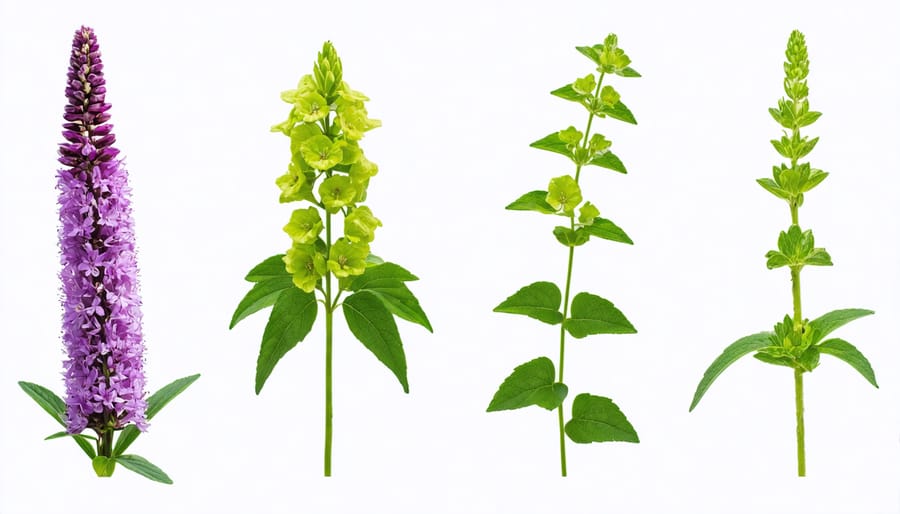
Animal Invasives on the Rise
Ontario’s wildlife faces increasing pressure from invasive animal species that threaten our delicate ecosystems. Some of the most concerning invaders include the round goby, which outcompetes native fish for food and habitat, and the emerald ash borer, devastating our ash tree populations. Wild boars are another growing concern, as these clever and destructive animals damage crops and natural areas while reproducing rapidly.
Keep an eye out for these telltale signs: unusual fish with large heads and soft bodies in our waterways (that’s the round goby), D-shaped holes in ash trees (emerald ash borer calling cards), or disturbed soil that looks like it’s been rototilled (wild boar damage). You might also spot zebra mussels clinging to boats and docks – these tiny troublemakers are everywhere!
The good news? You can help! By learning to identify these unwanted guests and reporting sightings to park staff, you’re playing a crucial role in protecting our natural spaces. Remember, prevention is our best defense, so always clean your gear and boats before moving between different water bodies.
Eco-Friendly Control Methods That Work
Manual Removal Techniques
When it comes to hands-on removal of invasive species, timing and technique are everything. As an avid park volunteer, I’ve learned that early morning or late evening work sessions are most effective, when the soil is slightly damp and plants are easier to handle.
Start by gathering your essential tools: sturdy gloves, pruning shears, a shovel, and heavy-duty garbage bags. For smaller plants like garlic mustard or wild parsnip, grasp them firmly at the base and pull straight up, making sure to remove the entire root system. Gently shake off excess soil back into the ground to preserve native seed banks.
For larger woody plants like buckthorn or honeysuckle, use your shovel to dig around the root ball, loosening the soil before attempting removal. Cut larger stems into manageable pieces, but remember to tackle the roots – many invasive plants can regrow from root fragments left behind.
Always bag removed plants securely to prevent seed dispersal. Some species, like Japanese knotweed, require special disposal methods – never add them to your compost pile! Double-bag these persistent invaders and mark them clearly as invasive species waste.
Pro tip: Create a detailed map of removal areas and return to these spots regularly throughout the growing season. New sprouts often emerge from dormant seeds, and consistent monitoring is key to successful control.
Remember to clean your tools thoroughly after each session to prevent accidentally spreading invasive species to new areas.
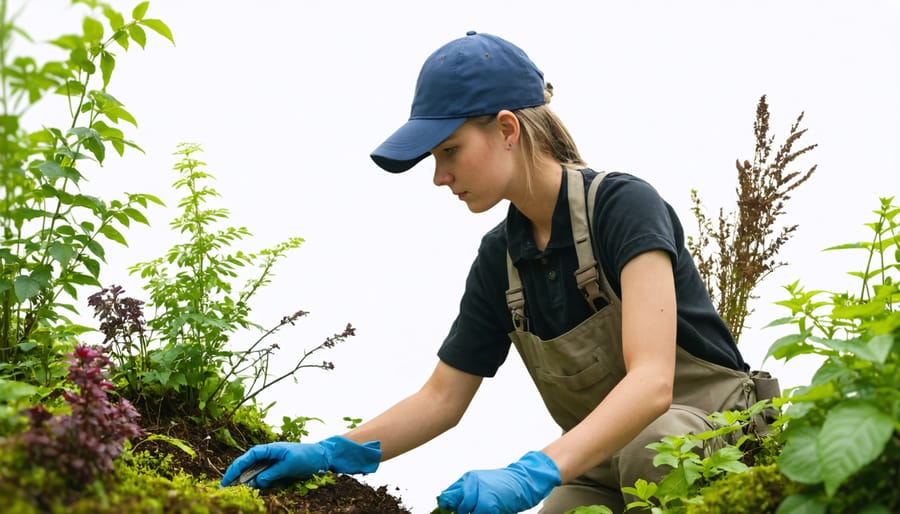
Natural Barriers and Prevention
Creating natural barriers is one of the most effective and environmentally friendly ways to prevent invasive species from spreading. Think of it as building a “green wall” around your property or garden! By planting dense native vegetation along property boundaries, you can create a living barrier that many invasive plants struggle to penetrate.
Here’s a clever trick I learned from local conservation experts: maintain a buffer zone of mulch or gravel around sensitive areas. This simple technique makes it harder for invasive plants to establish themselves and spread. For aquatic environments, maintaining healthy shoreline vegetation acts as a natural filter, preventing invasive species from gaining a foothold.
Another effective strategy is to leave undisturbed natural areas between managed spaces. These transition zones help maintain native plant communities that naturally resist invasion. I’ve seen this work wonderfully in cottage country, where properties with natural woodland buffers have far fewer problems with invasive species.
Prevention is always easier than control! Some practical steps include:
– Cleaning boots and equipment before entering new areas
– Using certified weed-free soil and mulch
– Avoiding plant species known to be invasive
– Regularly monitoring property boundaries for early signs of invasion
– Maintaining healthy soil conditions that favor native species
Remember, the key to successful natural barriers is consistency and early intervention. By creating these protective zones and staying vigilant, you’re not just defending your property – you’re helping protect Ontario’s natural heritage for future generations.
Visitor’s Role in Protection
Before Your Visit
Before heading out to enjoy Ontario’s beautiful parks, take a few simple steps to prevent the spread of invasive species. Start by thoroughly cleaning your hiking boots and outdoor gear, paying special attention to removing any stuck-on mud or plant material that could harbor seeds or tiny organisms. A quick brush-down followed by a thorough wash can make a huge difference.
If you’re planning water activities, remember to clean and completely dry your equipment, including boats, paddles, and fishing gear. Even small amounts of water can transport invasive aquatic species between water bodies. A good rule of thumb is to let equipment dry for at least 48 hours between uses in different locations.
Check your vehicle too, especially if you’ve been off-roading or parking in natural areas. Wheel wells and undercarriages can unknowingly transport invasive species from one location to another. Consider keeping a basic cleaning kit in your car that includes a brush and small shovel.
For campers, use only local firewood or certified heat-treated wood to prevent the spread of invasive insects. Remember, what might seem like just a few twigs from home could introduce harmful species to a new area.
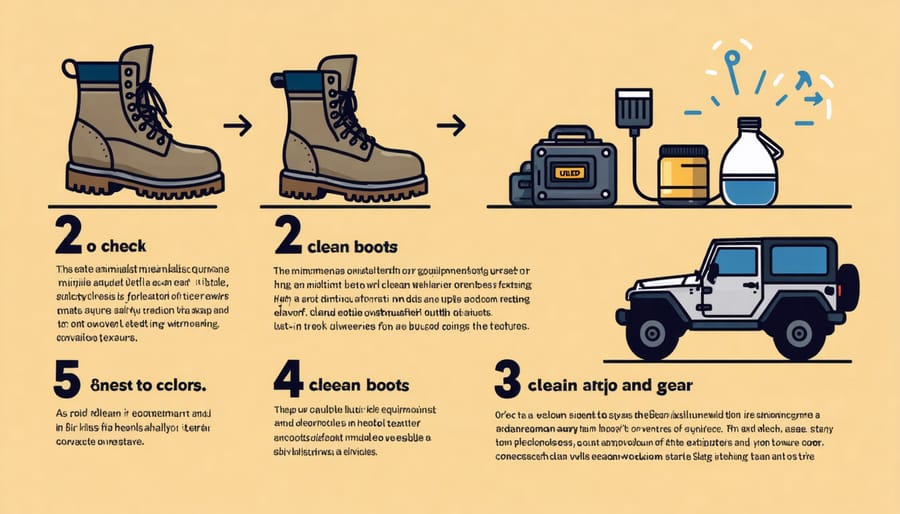
During and After Your Visit
While exploring the park, stay on designated trails to avoid spreading invasive species to new areas. Brush off your shoes, bikes, and equipment at provided cleaning stations before entering and leaving different trail sections. If you spot an invasive species, take a clear photo and note its location – this information is invaluable for our citizen science initiatives.
After your visit, thoroughly clean all outdoor gear, especially boots and equipment that touched soil or water. Check your clothes for any clinging seeds or plant materials and dispose of them in sealed garbage bags. If you brought pets along, brush their fur outside to remove any hitchhiking seeds or plant matter.
Remember to wash your vehicle, particularly if you’ve parked near areas with invasive plants. Pay special attention to wheel wells and undercarriage areas where seeds might collect. These simple actions help prevent spreading invasive species between different parks and natural areas you might visit next.
Consider sharing your observations and photos with park staff or through our mobile reporting app – your vigilance helps protect our precious ecosystems for future generations.
Reporting and Resources
If you spot an invasive species in Ontario’s parks, your observation can make a real difference! The easiest way to report a sighting is through the EDDMapS Ontario app, available for both iOS and Android devices. This user-friendly tool lets you snap photos and mark locations, making it simple to contribute to our tracking efforts.
For those who prefer desktop reporting, visit Ontario’s Invading Species Awareness Program website or call their hotline at 1-800-563-7711. Park visitors can also report sightings directly to park staff at visitor centers or ranger stations.
Want to do more? Consider joining our biodiversity mapping programs, where you’ll work alongside experts to monitor and track various species throughout the park system. These citizen science initiatives provide valuable data while offering a fantastic learning experience.
Local conservation authorities and Ontario Parks offices offer free workshops and training sessions on invasive species identification and control methods. They can also provide equipment loans and guidance for organizing community removal events.
For property owners dealing with invasive species, the Ontario Invasive Plant Council offers detailed management plans and best practices guides. They can connect you with local contractors specialized in invasive species removal and provide advice on native plant alternatives for your garden.
Remember to check the Ontario Parks website regularly for updates on invasive species alerts and new control initiatives in your area. Together, we can protect our precious natural spaces for future generations to enjoy!
Your role in protecting Ontario’s natural spaces from invasive species is more important than you might think! By taking a few simple steps during your visits, you can make a real difference in preserving our beautiful parks and forests for future generations. Remember to clean your hiking boots before and after trails, inspect your camping gear for hitchhiking plants or insects, and stick to designated paths to avoid spreading invasive species to new areas.
If you spot something that looks out of place, don’t hesitate to report it to park staff – your observation could help catch a new invasion early. Consider joining local volunteer groups that organize removal events; it’s a great way to meet fellow nature lovers while helping the environment. Even sharing what you’ve learned about invasive species with friends and family helps spread awareness.
Together, we can protect Ontario’s incredible biodiversity. Every small action counts, from brushing off your bike tires to checking your canoe for aquatic plants. Your commitment to being a responsible visitor helps ensure our parks remain healthy and vibrant for years to come.

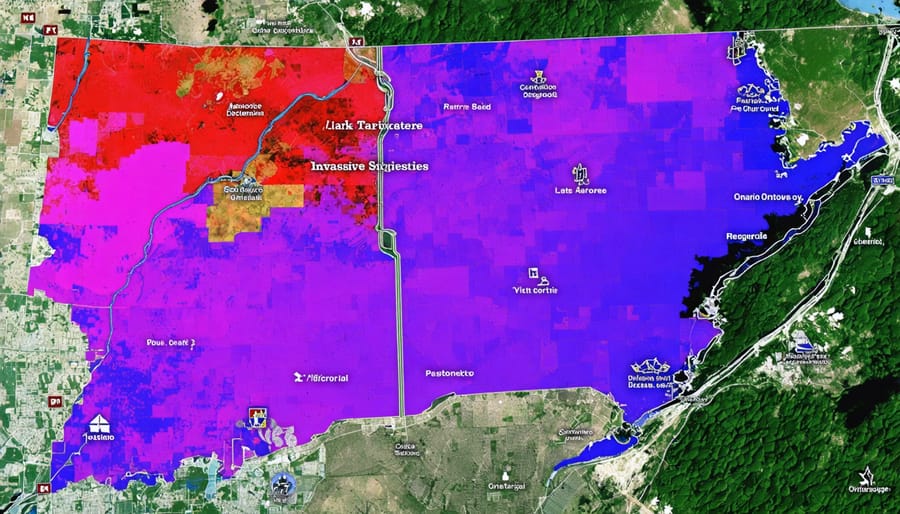
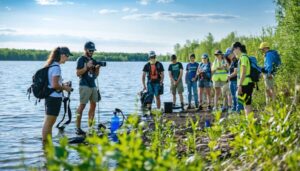



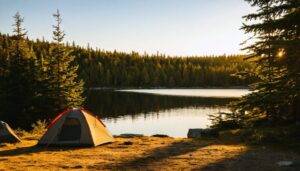
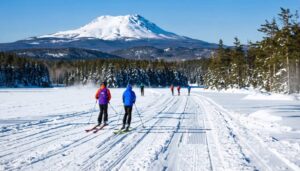


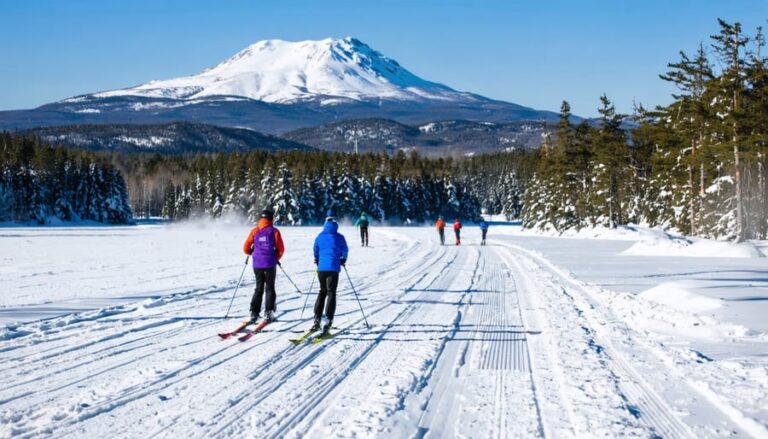



+ There are no comments
Add yours